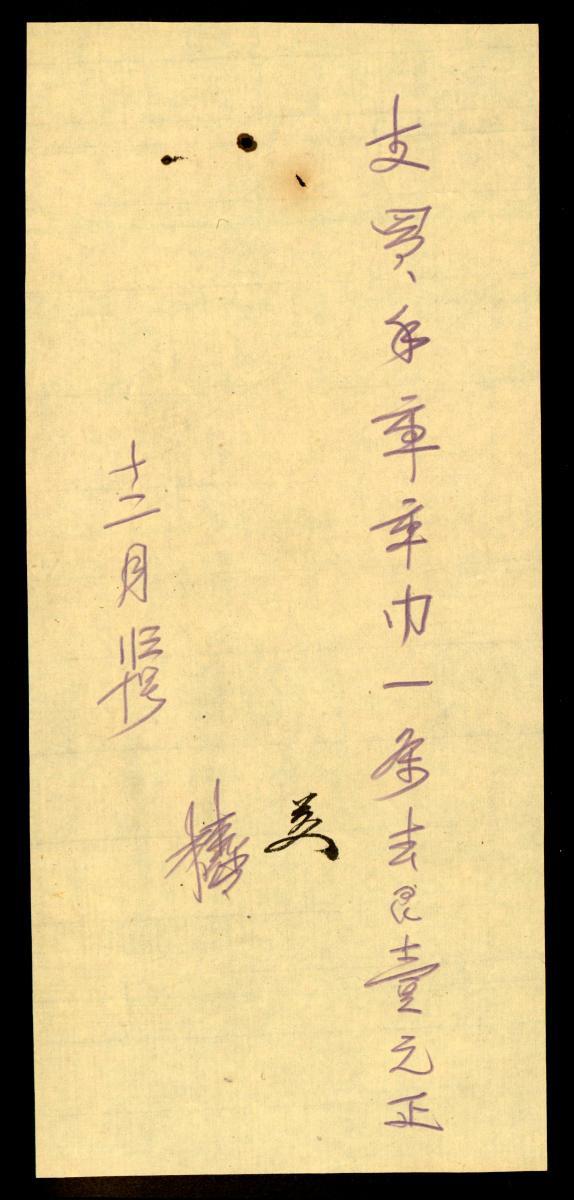The Gupta period known as the golden age of Indian art, was characterised by both prosperity and unprecedented sophistication. Sculptures of this period reflect a highly refined style, imbued with elegant fluidity and sensuality. The period also saw the creation of an archetypal Buddha image that travelled and inspired Buddhist art across Asia. This standing figure of Buddha has incised markings on the palm, his right hand displays the abhaya mudra or gesture of reassurance, and his left holds the hem of his diaphanous robe leaving his right shoulder bare, draped across the contours of his hips. His face is endowed with smoothed lips and his nose is flanked by pendulous earlobes, typical of the full sculpting technique of the period. His hair is coiled in rows of raised nodules covering the ushnisha or a cranial bump signifying divine knowledge. All these traits collectively embody the style of the prominent Buddhist centre of Sarnath.















